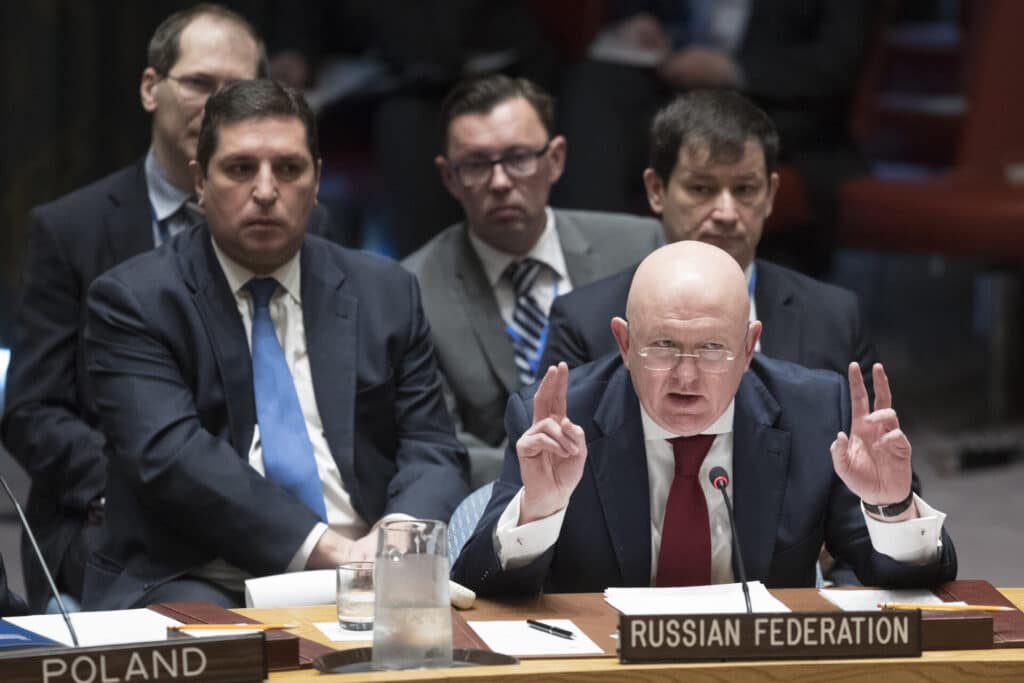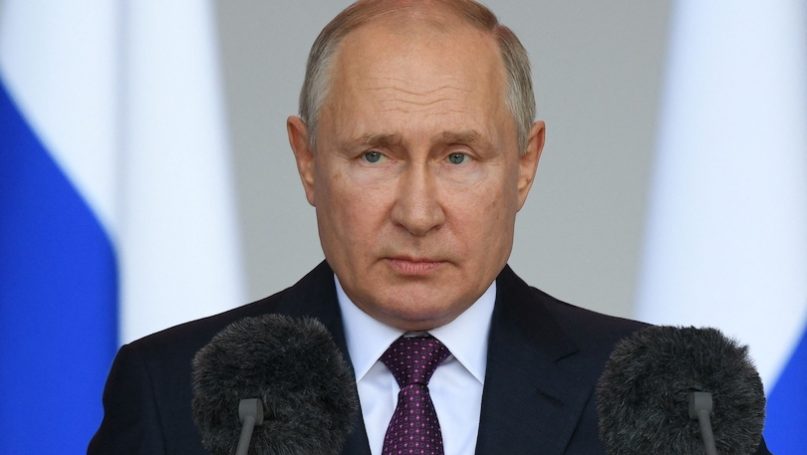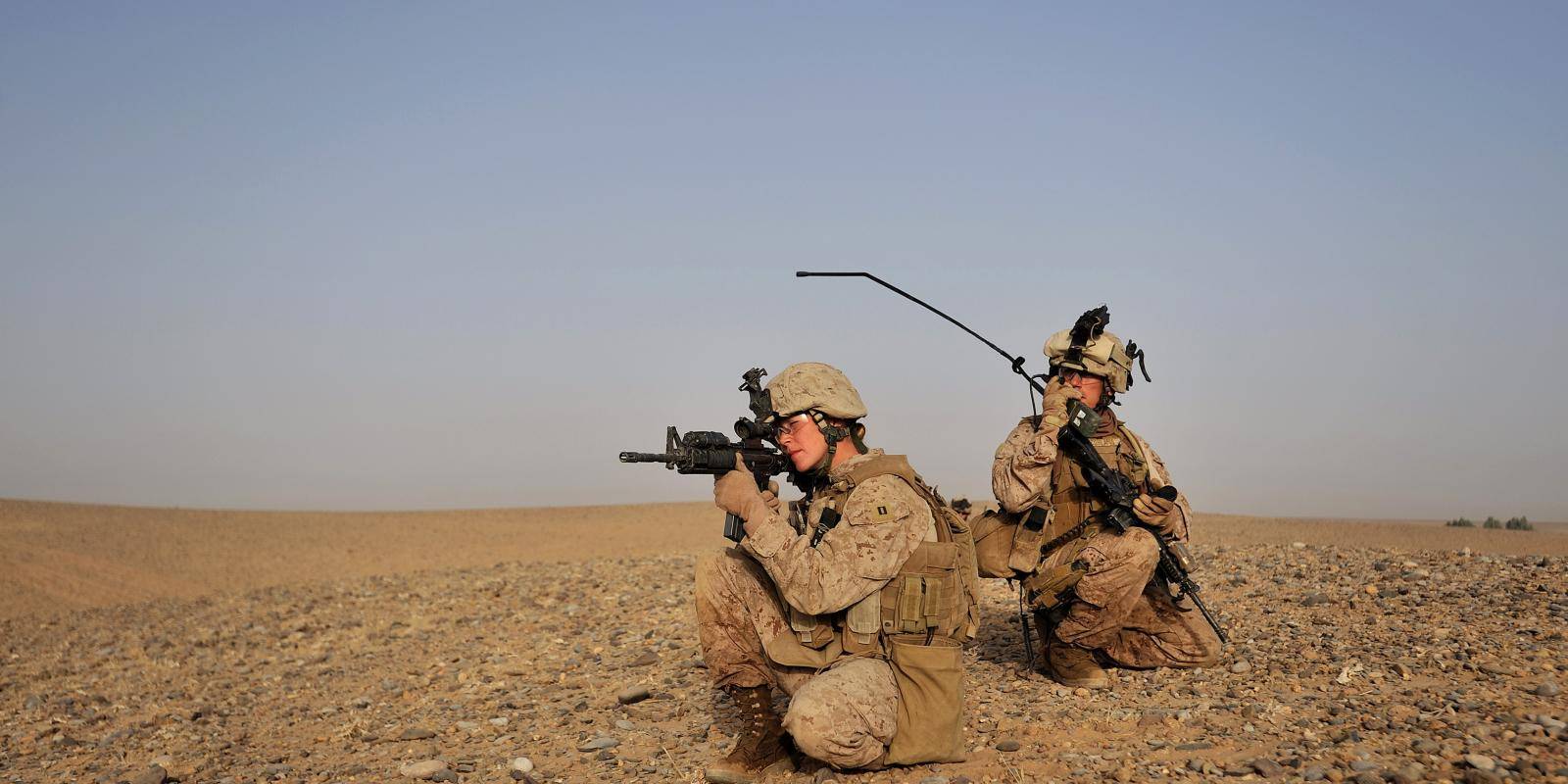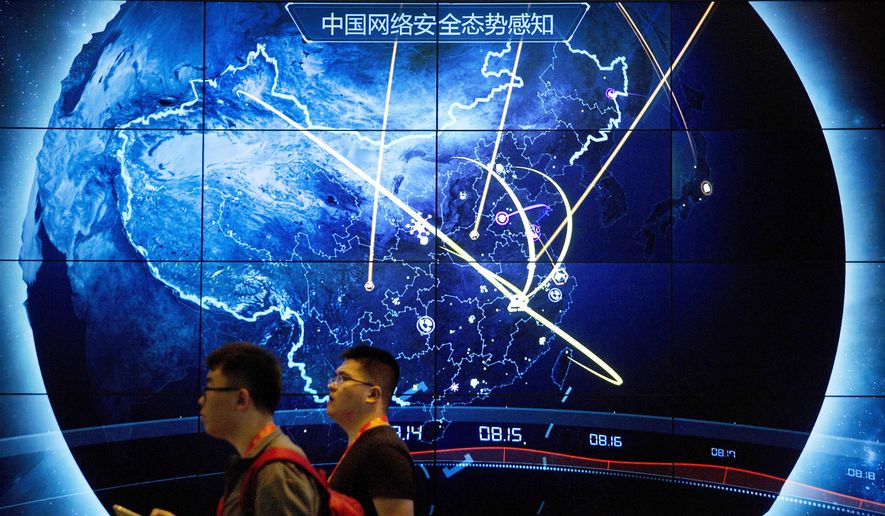Till Schöfer, Clara Weinhardt
The economic rise of Brazil, India and China has engendered significant power shifts on the world stage. International Relations (IR) scholars have often debated the implications of these shifts for established global governance frameworks and the liberal international order.1 Power shift theory points out that established powers are themselves partly responsible for the extent to which existing institutions of global order are accepted or rejected by emerging powers.2 In distinction from previous research, the primary interest of this article is not in whether established powers give up their institutional privileges in response to global power shifts, but in whether emerging powers do so as they rise. While scholars have recently started to recognize that both emerging and established powers may challenge the status quo,3 the latter aspect remains under-studied.4
Why should established powers challenge the institutional privileges of emerging powers? The common assumption is that the existing global order serves the interests of established powers,5 and that this may lead to challenges from emerging powers. What is often overlooked, however, is that international institutions not only grant their most powerful members institutional privileges, such as more extensive voting rights, but also rely on differentiation that seeks to address the disadvantaged position of ‘weaker’ regime members. Along these lines, Caroline Fehl and Katja Freistein note that international organizations often ‘grant … disadvantaged categories of members privileged access to resources’.6 In the world trade regime, several differential treatment provisions are institutionalized that grant developing-country members exemptions and flexibilities regarding liberalization commitments. Similarly, the environmental regime in the 1970s and 1980s established the principle of common but differentiated responsibilities (CBDR) among its members. In recent years, however, the question of whether emerging powers should still be allowed to claim special rights as developing countries has become a subject of heated debate. In times of intensifying interstate economic competition, a low-yield environment and post-pandemic inflationary pressure, established powers are increasingly concerned about their relative economic position vis-à-vis emerging economies. As a result, they have begun to challenge the developing-country privileges to which emerging powers continue to have access. Nevertheless, scholarly research on the strategies that emerging powers have adopted in response to such challenges remains scarce.7


 .
.







:quality(70)/cloudfront-us-east-1.images.arcpublishing.com/archetype/XM7ORFR6QREJHKVD2TNVNVUVOY.jpg)

